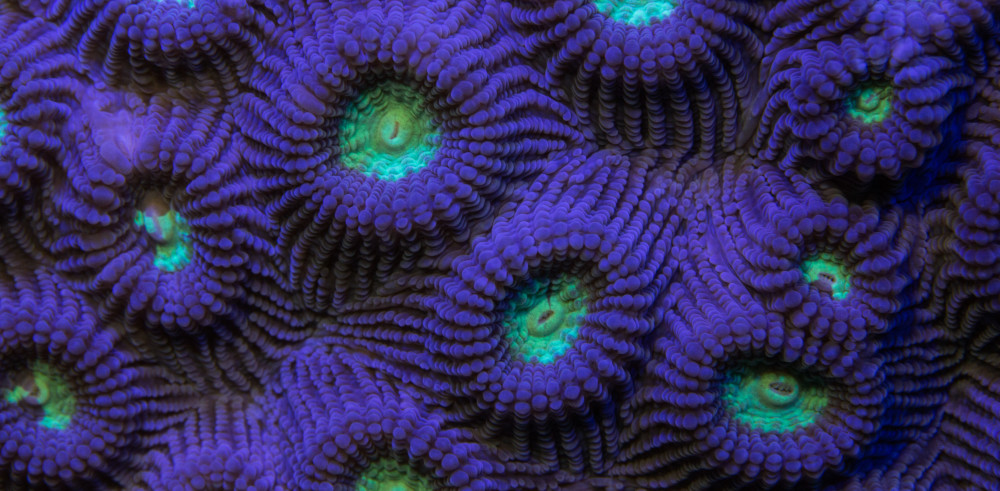- Scientific name: Metasepia tulbergi
- Common name: Paintpot cuttlefish or flamboyant
- Distribution: Ryukyu Islands
- Habitat: Sandy bottom and coral reefs
- Diet: Crabs, shrimp, and fish
- Average size: 50-80mm
- Color: Golden-yellow with red coloration
 Cool facts about the Paintpot Cuttlefish
Cool facts about the Paintpot Cuttlefish
- They have eight arms and two tentacles
- They are capable of producing a dark cloud of ink to escape from predators
- They have a parrot-like beak used for eating prey
- They use jet propulsion to move quickly through the water
- They can change their texture, pattern, color, and shape
- They use their arms to walk on the sand
- They are considered venomous and poisonous
 They have a two-part parrot-like beak used for feeding.
They have a two-part parrot-like beak used for feeding.
 Cephalopods can produce a cloud of ink to confuse and escape from predators when threatened.
Cephalopods can produce a cloud of ink to confuse and escape from predators when threatened.
 Below is a sequence of images, displaying their ability to change texture, shape, and color. They are masters of camouflage. An example of how well they blend into their environment.
Below is a sequence of images, displaying their ability to change texture, shape, and color. They are masters of camouflage. An example of how well they blend into their environment.

 If detected or threatened, they will display colorful warning signs.
If detected or threatened, they will display colorful warning signs.


Every year, I look forward to finding the gigantic paintpot cuttlefish named Paintpot-Zilla.

If you would like to help me make a difference Please check out my Patreon Site https://www.patreon.com/MakeTheSwitch4Nature
Your donations will help conservation initiatives as well as bring solutions to the worldwide pollution issues on our beautiful shorelines. Thank you for your support, Shawn M Miller.
#MakeTheSwitch4Nature












